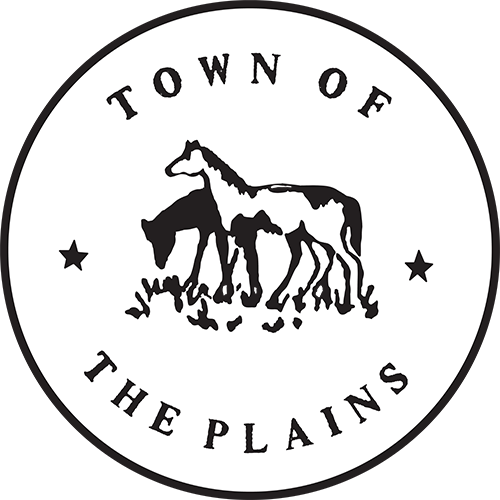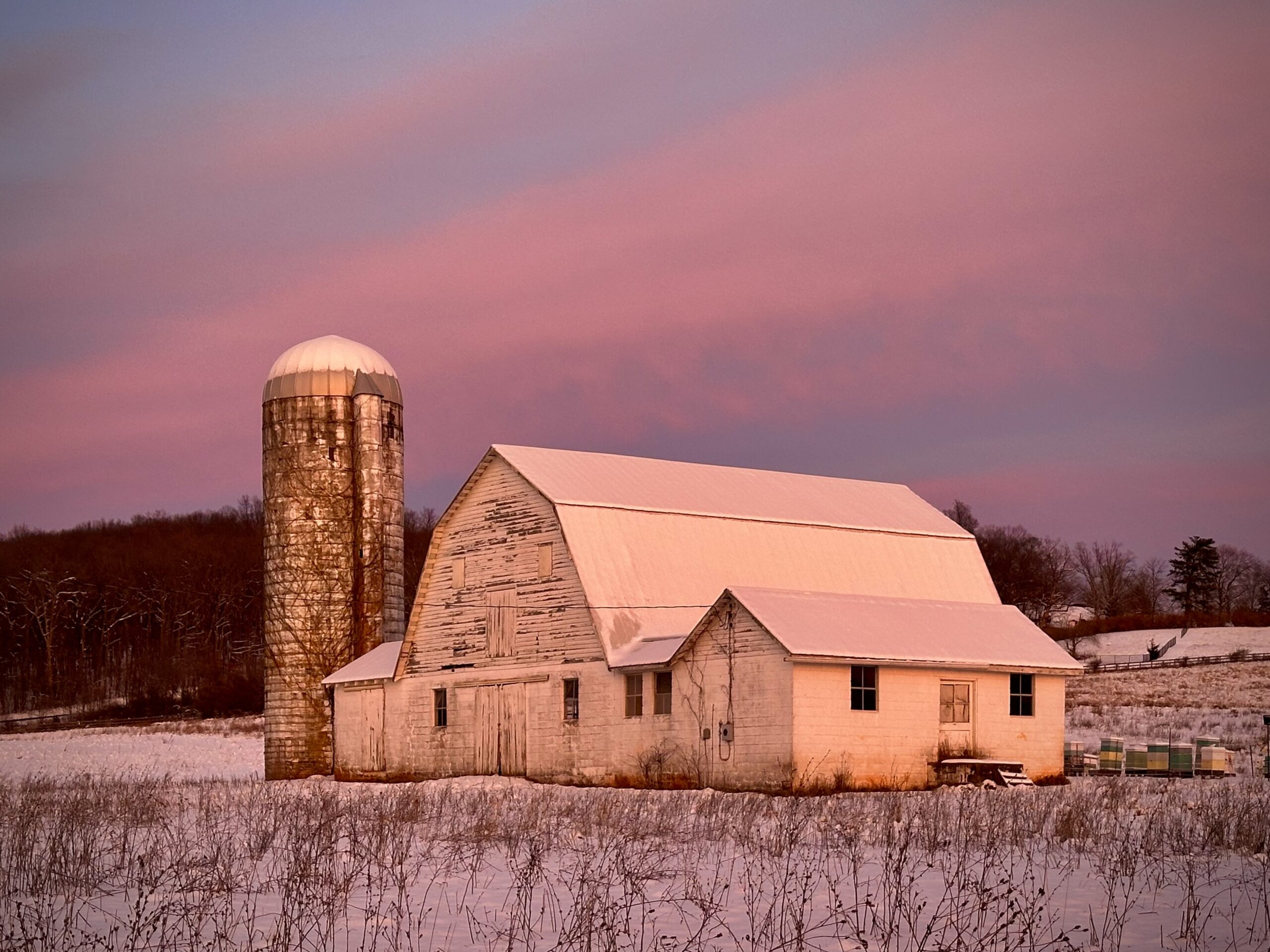
A history of The Plains, Virginia
Nestled within the picturesque Piedmont region, The Plains, Virginia, has a rich history dating back to the early 18th century. Initially the domain of the Sioux and Iroquois Indians, the area saw its first European settlers after a 1722 treaty halted colonial expansion beyond the Blue Ridge Mountains. By 1724, land grants attracted families from the Germantown settlement, including the Fishbacks and Holtzclaws. The community began to flourish, especially after the arrival of the Manassas Gap Railroad in 1852, which facilitated the transport of farm goods and spurred local development. The Civil War brought significant turmoil, with both Union and Confederate forces traversing the area, leading to widespread devastation. Despite this, the community’s resilience prevailed, and by the late 19th century, The Plains had regained its footing with new churches, stores, and a Masonic lodge. The village continued to grow, culminating in its incorporation in 1910, and laid the groundwork for its eventual prosperity in the 20th century.
Early settlement
Up until 1722, when Governor Spotswood of the Virginia Colony made an agreement with the Indians to no longer venture beyond the Blue Ridge Mountains, the wilderness on the western side of the Bull Run Mountains was first the domain of the Sioux and, later, Iroquois Indians. Within two years of that treaty the Proprietor’s Office was granting land near what is now The Plains, Virginia, and the wills of those receiving these grants indicate it was left to their sons to move into the new area.
The first to arrive, therefore, were the second generation of families from the Germantown settlement to the south. These included the Fishbacks, Holtzclaws, Glascocks, Siers (Sayers), Hitts, and Leachs. The Reverend Alexander Scott acquired two grants totaling 3,533 acres in 1726 and 1727, some of which lies within the present town limits as did some of the Siers land. William Carr, by 1769, had purchased a total of 1,000 acres from John Siers and his neighbor Richard Hailey. The two parcels, called White Plains Farm, bordered an old, heavily-traveled trail which later became the corner of Main Street and Halfway Road (Middleburg Road) in The Plains.
Growth in the 19th Century
Mr. Carr was a merchant living in Dumfries and probably never saw his land, but the farm remained in operation in the hands of his heirs well into the 1800s and contributed to an error on a map dated 1856. This map reads “White Plains” and was used all during the Civil War by both armies.
During the late 1700s and into the 1800s land sold or passed to a son of the absentee landlord. Some land owners actually came to live and farm in the area, but the homes that were built were small and did not survive. When a post office was established as “The Plains” in 1831, the intersection at Main Street and Halfway Road consisted of one house and a store which housed the post office. Mr. James Foster of Glenville Farm, just outside the present town limits toward Marshall, Virginia, was the first Post Master.
In 1852 the Manassas Gap Railroad stopped in The Plains while it was being constructed out into the valley. The prospect of being able to transport farm goods into the big cities of Washington and Baltimore as well as easier personal transportation encouraged growth. In 1855 Alexander Chapman gave land to the Diocese of Virginia, and Grace Episcopal Church was constructed. Robert Beverley of Avenel built a two story store on the Alexandria Turnpike, later to become Main Street, for the blacksmith’s workshop facing what is now Fauquier Avenue on an “L”-shaped property. A large warehouse went up at the corner of the two roads. Mr. and Mrs. Slaughter, a young bride and groom, moved into a house across from the church given as a wedding gift by land owner William Foster, and Dr. Carter built a stately house for his family at the corner of Bragg and Main. Mr. Hulfish of Alexandria purchased land on The Plains side of the railroad from Mr. Foster.
Rumors of war
“May 1860,…war and rumors of war,” reads the comment on the wall of a smoke house in the village. Little did the writer know what devastation was to come when the rumors proved true. The road now called Main Street and designated Virginia Route 55 served both the North and the South throughout the war, and the railroad was a coveted prize. It was used by Gen. Johnson to get his troops to the First Battle of Manassas, and stopped in The Plains to load the 10th Louisiana Zohaves. After it fell into northern control, patrols had to be set to keep workers safe. The soldiers guarding the rails harassed the people living in the area, stealing food and supplies.
Prior to the Second Battle of Manassas, Gen. Lee’s divided army, with 42,000 men in each section, passed through The Plains and surrounding countryside in August of 1862. Since they carried only supplies for war, they were forced to beg for food wherever they could. Households already beginning to feel the pinch of war spent four days feeding thousands of starving men.
In February 1863, Mosby and his raiders moved into the area and used The Plains as a corner of their domain. Disrupting the Union’s line of transportation, they caused the crashes of a twin engine train and another train named Grape Shot both near The Plains. People in and around The Plains assisted in hiding many of the Mosby men which brought Northern wrath upon them. By the end of the war two search and destroy missions had decimated the area. Storehouses, smokehouses, barns, cornfields, and stables were burned and food was very scarce.
Turning the century
By the 1880s The Plains was on its feet. The Methodist congregation had a charming church on Main Street, and the First Baptist Church was also completed. Robert A. Cockrill built a home and store on the northwest corner of Main Street and the road to Warrenton, now 245. The railroad built the freight depot around 1891, and in 1898 the Cochran Lodge of the Masons was organized. In one year they had bought land from widow Kate Foster Slaughter on the corner of Main and Stuart Streets to erect their temple. As the century turned the small village was beginning to prosper.
The two-story, seven-room schoolhouse opened in 1900, and in 1903, N. Loughborough Turner Sr. organized The Plains YMCA. Next, the Orange County Fox Hunt began to come down in private railroad cars from New York, but the lure of the beautiful Piedmont finally convinced many to buy property so as to spend the hunting season and even part of the year in the area. Eventually they built a large club house next to the Episcopal Church. Many of the members were to help finance the new church in 1917-18. Then, in 1910, The Plains became an incorporated town with Howard H. Hulfish, Sr. becoming the first mayor.
By 1917 The Plains was listed on a Southern Railway pamphlet as a place to visit for a few days. Need a place to stay: F. Gorman Hatcher’s hotel was $2.00 a day. There was also L. B. Brent’s Boarding House and “Palmerstone” run by Mrs. M. B. Turner both of which charged by the week, and a good meal could be had at Miss Hunter Smith’s quite near by. Within the township, business flourished. Mr. S. S. Moore’s established, according to him, a “department store” selling everything from hardware and harnesses to shoes. A Plumber began his business on Bragg Street, and Mr. Hulfish went into competition with Mr. Moore by opening another hardware store. Soon Chewning’s Drug Store, a butcher, and a barber added to the commercial enterprises in the village.
Starting in 1917, Grace Church added to the excitement of life by beginning to build the first part of the present church. With the silver trowel used by George Washington to lay the cornerstone of the Capitol Building, the cornerstone of the church was set in place. Many imported Italian stone masons began work on the church designed by a local man, H. W. Irwin Fleming. Stone from the surrounding countryside was used for the original structure and the bell from the original church still rings before services to this day. A great day of celebration for the congregation and the town was had in 1918 when Presiding Bishop Robert A. Gibson came to town and consecrated the building.
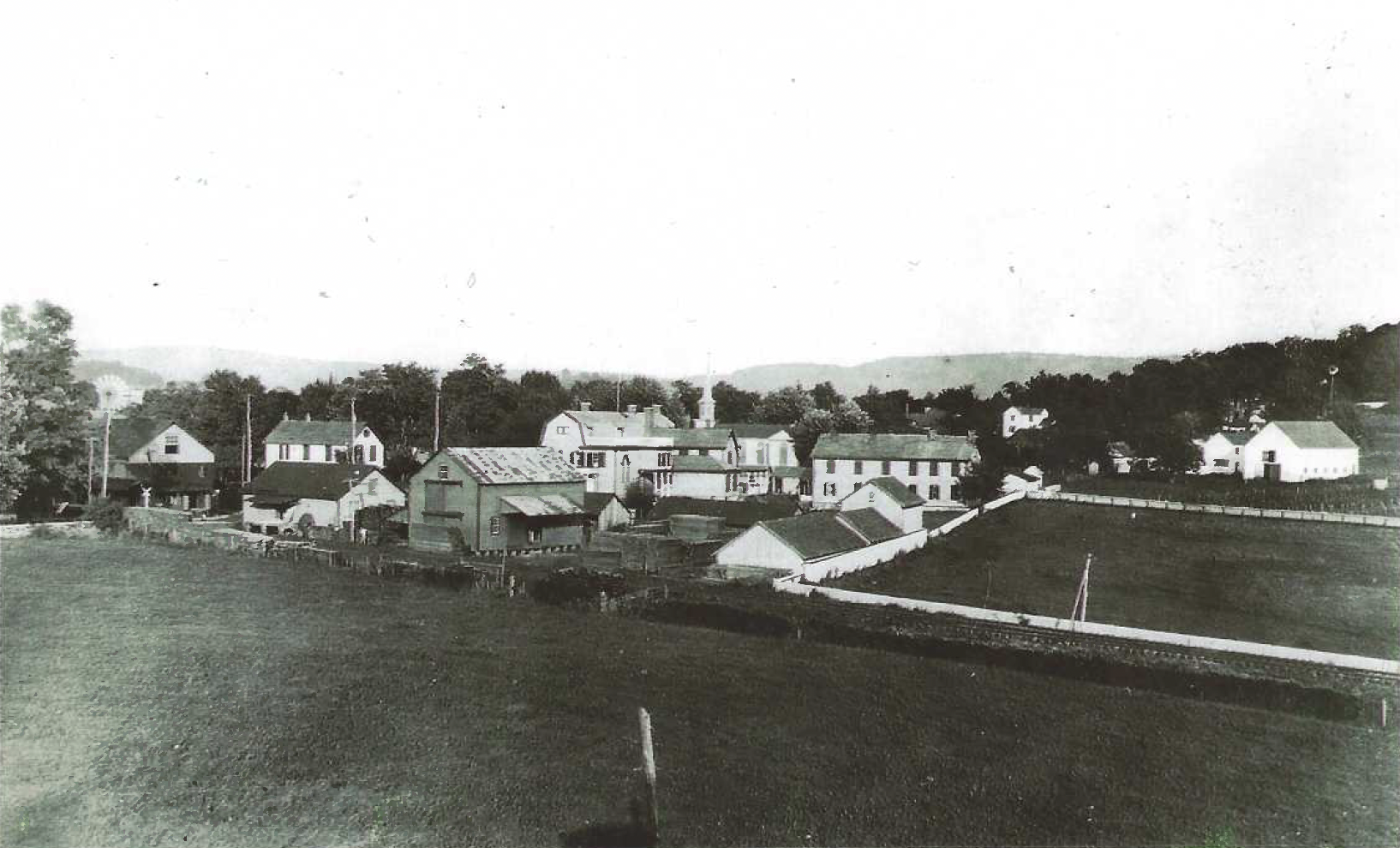
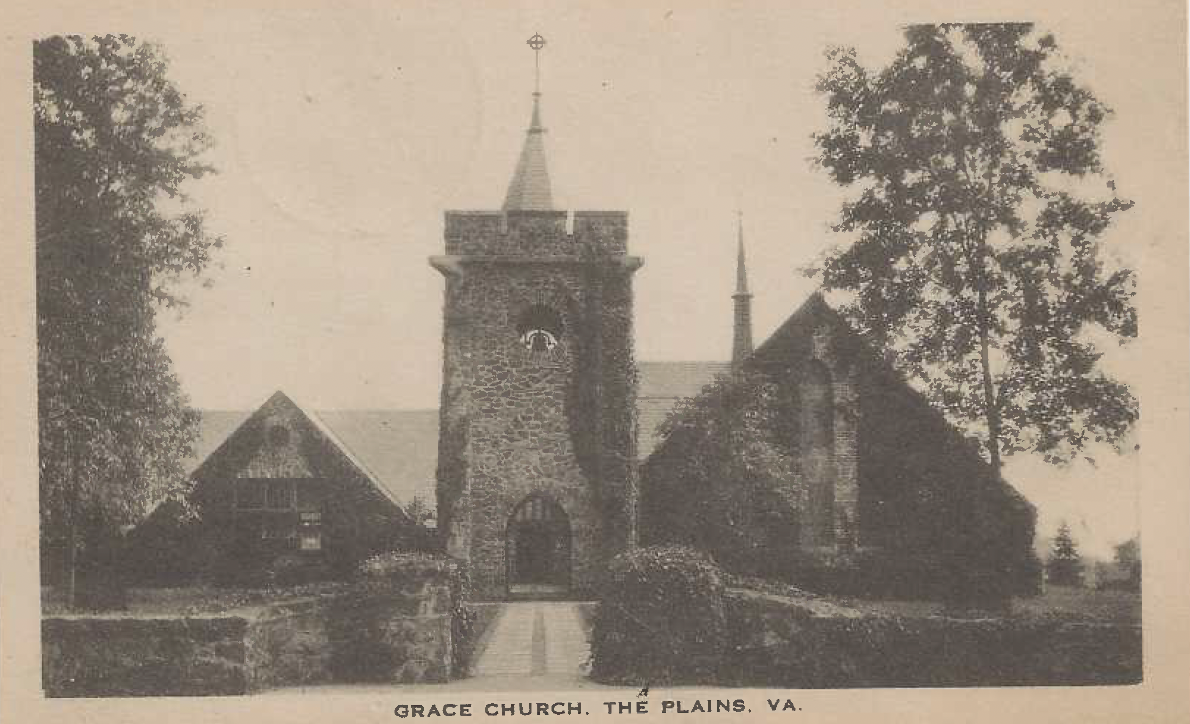
The Impact of War
Though far removed from the mainstream of the big city, The Plains became a member of the Piedmont Red Cross during World War II. With the help of many willing hands from The Plains the chapter succeeded in exceeding its quota of $1,000 by more than any other chapter in the entire United States. $15,000 was raised, and eight workrooms provided surgical dressings and hospital garments among other items for the cause. Not to be outdone the women of The Plains branch added a second contribution of $2,149.26 by selling bounty from their gardens. They also provided local young men leaving for the war with a comfort kit and knitted articles like socks and gloves.
Returning veterans established an American Legion Post named after the one local casualty of the War Benjamin S. Beverley. Records kept by member Cecil Moffett show that fearing that there was no means to put out a fire should it occur in the village the post wanted to establish the volunteer fire Department, a goal set a bit too high at the time since even in 1942 when Mr. Moffett’s store burned it had not yet been accomplished.
The war won, the little berg of The Plains crept into normalcy and then decline. The small businesses maintained a status quo, but the most successful business was “bootlegging”. Supposedly, some 28 brewers had kept their production sites well hidden in the wooded hills of Fauquier County and The Plains acquired the nickname of “Tombstone” during Prohibition. The depression also took its toll as the railroad, used to bring guests into the area and take venturous young people and farm goods off to new worlds, curtailed service. By 1941, service was ended to resume briefly for less than a year in April of 1947.
A Historic Fire
The main road, Route 55, became busy with truck and tourist traffic passing through The Plains at higher speeds than ever before. Families and shoppers deserted the town because of the rumbling 18-wheelers that constantly roared through the village. Without the business, shops closed leaving buildings deserted. It seemed little could be done as problems such as drugs, street brawls, robbery, and other lawlessness prevailed during the 1960s and into the 70s. The one policeman tried vainly to keep order even though he could not always expect the sheriff’s department, already spread thin in the big county of Fauquier, to give him timely help.
In 1967, William F. Merchant bought, from Mr. Schultz, the pharmacy on the corner of Main Street and Route 245. He joined the few other business people in town: George Beaver’s Exxon station and auto repair center on the corner of Main and Halfway, the Fauquier Bank right across the street, and the Hahn’s grocery store where the Rail Stop restaurant is today.
The same year, on a cold February night, a train and a gasoline tanker heading west on Route 55 collided, setting a fire that destroyed the old Orange County Hunt building which, at the time, was used as apartments. Eliza Cochran, a resident of the building, was the only person to save anything from the blaze. Foam trucks from Dulles Airport finally finished the task of quenching the fire that more than five fire departments had been working on for hours. Grace Church and the Mason’s Lodge were saved with persistent dousing by diligent firemen. Click here to see the video of the fire. Sad, hard times showed in a population that had many below the poverty level and a very low population growth. Until 1974, one or two halting attempts were made to help The Plains recover its energy, but they met with little or no success.
Time to Rebuild
In September of 1974, a Village Steering Committee was put together by Arthur W. Arundel who with his family had recently moved on to nearby Wildcat Mountain southeast of The Plains. Mr. Arundel had founded the first all-news radio station and built a major newspaper company that had aquired The Fauquier Times Democrat, based in Warrenton. The committee consisted of the Mayor J. Page Turner, Planning Commission Chairman Rev. Jack Carter, Manger of the Fauquier Bank local branch Hunton Tiffany, and pharmacy owner William (Toby) Merchant. With the professional help of the Piedmont Environmental Council, these men worked on the first master plan for the village completed in April of 1975. Mr. Arundel formed a non-profit Village Trust that slowly acquired derelict properties and by 1977 a Depressed Town grant of $19,000 from the Department of Housing was awarded. By this time, the town had a water and sewer system replacing many individual well and septic fields. Without much encouragement from the town and only a small number of the town leaders behind him Mr. Arundel began to spend his own money along with the grant to begin restoration and revitalization. Trees were planted, sidewalks restored, old buildings renovated, and additions made to others.
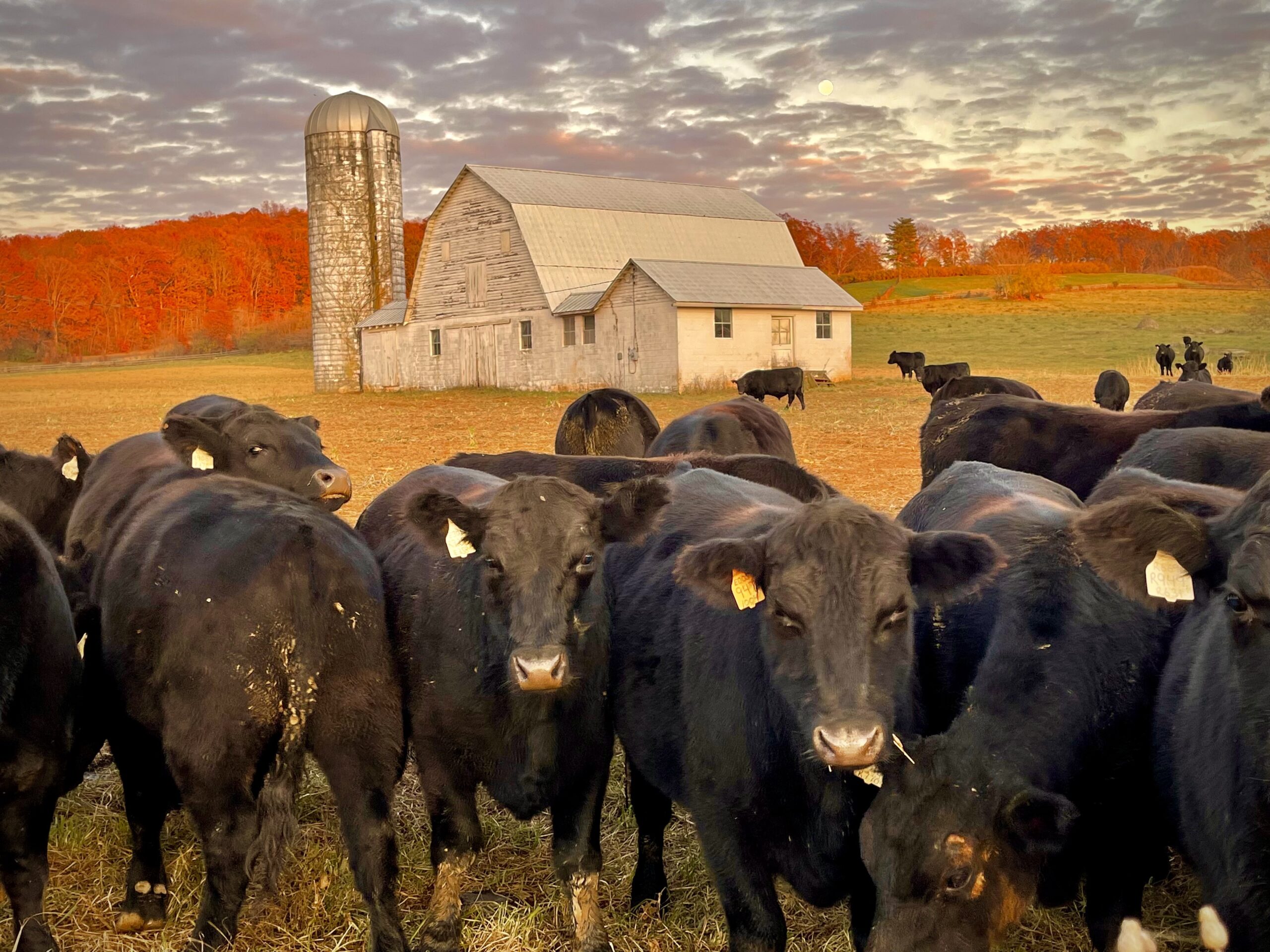
Late 20th Century
By 1979, Interstate Route 66 was built past The Plains, and the interchange outside of town was open. The large trucks and other traffic that had been rattling the windows of houses and businesses on Main Street ended. Then came “The Big Cleanup of 1981.” Get the rubbish, amounting to 230 tons of junk and debris, out of every alleyway and yard that had been unattended for years. The difference was so noticeable that by June, a story in The Magazine of Virginia noted that “A Heart Beats Again in a Hamlet Fallen on Hard Times”.
It was then that Barbara Mayberry, the manger of the Village Trust began to seek businesses to populate the renovated and new shops. First to open was the Rail Stop restaurant that has changed hands a few times but is still a fixture in the village. When a fun celebration aptly named “Country Spirit Day” was celebrated in October of 1982, The Plains boasted a wine and cheese shop, a butcher, an antique shop, and Nol Putnam’s White Oaks Forge. There, besides making many lovely ornamental iron items, Mr. Putnam allowed people to come in and watch three gates for the interior of the National Cathedral being created. To the delight of three local youngsters, Yoda’s face was etched in a rivet in one of the gates.
Over a period of five years some businesses stayed and some went, but the renovated properties continued in business. About that time Mr. Arundel began selling the property to those running their shops. It was the 22nd of September, 1990, when the town had another big celebration for 80 years of incorporation. Senator John Warner joined Mayor Michael Thompson and Scott District Supervisor Georgia Herbert to give speeches at the firehouse and watch a fine parade march down Main Street past some new shops like Cathy Eddy Gallagher’s Blue Peach, and Mark and Nichole Alverez’s Bittersweet Garden.
Today
Now the 21st Century has given even more vitality to the Town of The Plains, Virginia. In the February 2012 edition of Virginia Living, writer Daisy Ridgway Khalifa wrote that she found herself “in an exquisite enclave of pure country in the small and unpretentious town center of The Plains.” It is here that our dozen or so businesses welcome more outsiders than ever before. A visitor will find eclectic shops, some offering one-of-a-kind items and local art, three entirely different types of restaurants, a charming antique shop with a tea room, a fine butcher on Stuart Street, and a yarn shop, the interior of which is adorned with colors that almost dim the rainbow. Visitors and residents are comfortable strolling around town even late into the evening, stopping to admire well kept homes and picturesque churches. The hint of times-past lingers only in the architecture which the new addition to the town, Windy Hill, has taken great care to incorporate with porches and shutters and suitable house colors. We do not want it forgotten that we have seen history pass this way, that the many fine men and women who came before us contributed to who we are.
Today the town’s charm emanates from an understated attitude that allows residents, shop owners and visitors to relax and hopefully feel what a long ago visitor meant when he wrote “I spent a quite week in The Plains, Virginia, one day last month.” Indeed we would like all who come to enjoy that feeling of time slowing down to an easy country pace.
